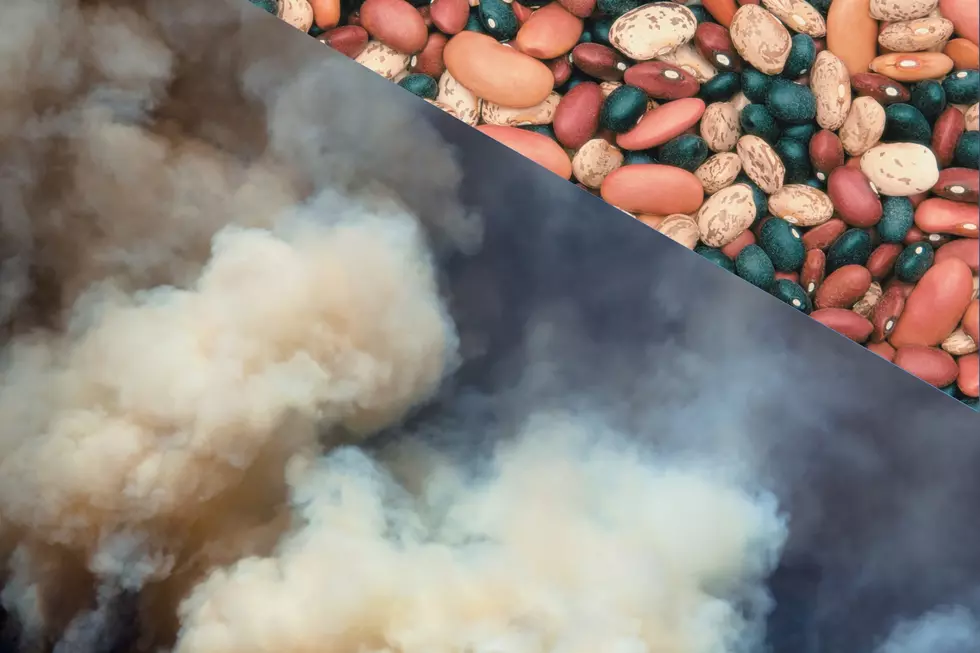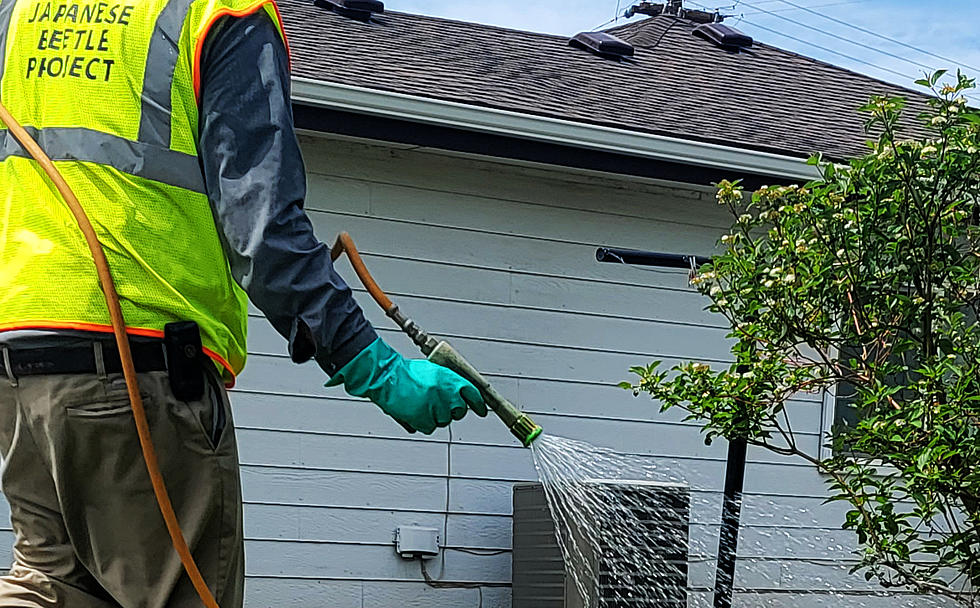
Environmental health implications of plastic use in agriculture
Donald A. Bruun and Pamela J. Lein from the University of California, Davis in the U.S., highlight the environmental health implications of plastic use in agriculture
Plastics are an integral part of human life and are found in many products we use daily, such as cars, furniture, toys, and food containers. In addition to these large plastic pieces, also known as “macroplastics”, “microplastics,” and “nano plastics,” which are defined as plastic fragments less than 5 mm or 1 μm in size, respectively, are widely used in personal care products and various medical applications, including drugs (to enhance drug delivery) and bioimaging.
Plastics used in agriculture
Plastics are also widely used in agriculture. Macroplastics are used as protective wraps around mulch and fodder; they cover greenhouses, shield crops from the elements, and are used to make irrigation tubes, sacks, and bottles. There is also a rapidly expanding use of microplastics in agriculture. Agrochemical manufacturers use microencapsulation techniques to coat pesticides and fertilizers with microplastics to allow controlled release of the chemicals when applied to crops.
Microplastics are also used as anti-caking additives in fertilizers, seed coatings to increase seed storage life, and soil conditioners to improve drainage.
While there are significant benefits to using plastics in agriculture, there are emerging concerns regarding the risks associated with agricultural plastics. Over time, macroplastics slowly break down, fragmented by wind and sunlight into ever-smaller pieces to generate microplastics and nanoplastics. These tiny plastic particles seep into the soil, changing its physical structure and limiting its capacity to hold water. The potential negative impacts of this are illustrated by a recent study of radishes that found adding microplastics to the soil adversely affected root biomass.
Concerns about plastic use
in agriculture and food Emerging experimental evidence also raises concerns about intentionally adding micro- and nanoplastics to fertilizers and pesticides. For example, it was recently reported that the active ingredient in a commonly used insecticide was significantly more toxic to aquatic organisms when encapsulated in nanoplastics than when not encapsulated. The researchers conjectured that toxicity was enhanced because encapsulation of the insecticide in nanoparticles increased its absorption into biological tissues and/or decreased breakdown of the active chemical ingredient in water, which would normally act to dilute the chemical’s toxicity.
Micro- and nanoplastics in the soil can also adsorb and concentrate persistent organic pollutants (like PCBs and PFAS), toxic metals (mercury, lead, and others), and pesticides. This can facilitate the transfer of these pollutants through ecosystems and enhance bioaccumulation. This possibility was demonstrated in a study of radishes in which bioaccumulation of the insecticide chlorpyrifos in radish roots was increased in the presence of microplastics. Typically, chlorpyrifos would be concentrated on the plant surface, but when adsorbed to microplastics, the pesticide was more readily transferred into the plant tissue.
The increased uptake of pesticides into food crops increases the risk of human exposure. This is concerning, given significant evidence that chlorpyrifos can interfere with human brain development even at relatively low concentrations.
Microplastics research efforts
Researchers have also evaluated the joint effects of microplastics and the antiviral compound, dufulin, on bioaccumulation, oxidative stress and metabolic profiles in earthworms. The results showed that microplastics increased the accumulation of dufulin in earthworms and potentiated the oxidative damage caused by dufulin. In addition, microplastics exacerbated the adverse impacts of dufulin on the metabolic profile of the earthworms.
Conversely, in a study with zebrafish, researchers found that the lethality of an herbicide was reduced in the presence of microplastics. A possible explanation offered by the researchers is that the microplastics sequestered the herbicide, so it was not available to interact with critical biological target(s). However, the combination of the microplastics and herbicide was also observed in this same study to cause significantly more oxidative damage in the zebrafish gut than either alone.
Microplastics have also been observed to modify chemical toxicity in mammalian species. In a mouse model, exposure to a fungicide increased gut permeability to significantly increase the absorption of ingested microplastics, which increased liver and kidney damage.
While these studies and others suggest the potential toxic risks posed by the interaction between microplastics and chemical contaminants in the environment, including pesticides, they have also prompted research efforts to harness the adsorptive capacity of microplastics to remove contaminants from wastewater and solid waste.
While this is a potentially exciting concept; significantly more research is needed before this solution is feasible. The kinetics of adsorption and binding between plastics and organic compounds are complex and can vary depending on the type of plastic, whether it is virgin or aged, particle size, hydrophobicity of the organic compound, temperature, pH, and other factors.
Microplastics often require surface modification to improve adsorption efficiency, and current modification methods are largely based on combustion. Combustion itself poses environmental health risks and is not sustainable. Additionally, while this approach may eventually be feasible for removing chemical contaminants from aqueous environments, its adaptation for use in terrestrial environments is less certain.
Microplastics research priorities
The production of plastic continues to increase, and its use in agriculture and other commercial sectors is expanding. This, combined with increasing evidence that plastic pollution harms ecosystems and human health, underscores the crucial need for far-sighted and holistic solutions.
Additional research is urgently needed to understand the complex interactions between microplastics and environmental chemicals, including pesticides, and the risk-benefit ratio of these interactions. Finally, regulatory agencies, the plastics industry, agribusiness, and consumers must move quickly and actively to develop policies and practices for reducing plastic pollution.
This work is shared under a CC BY 4.0. Authors: Donald A Bruun (University of California, Davis), Pamela J Lein (University of California, Davis). No alterations were made to the text of the article. Originally published on Open Access Government.
More From PNW Ag Network





